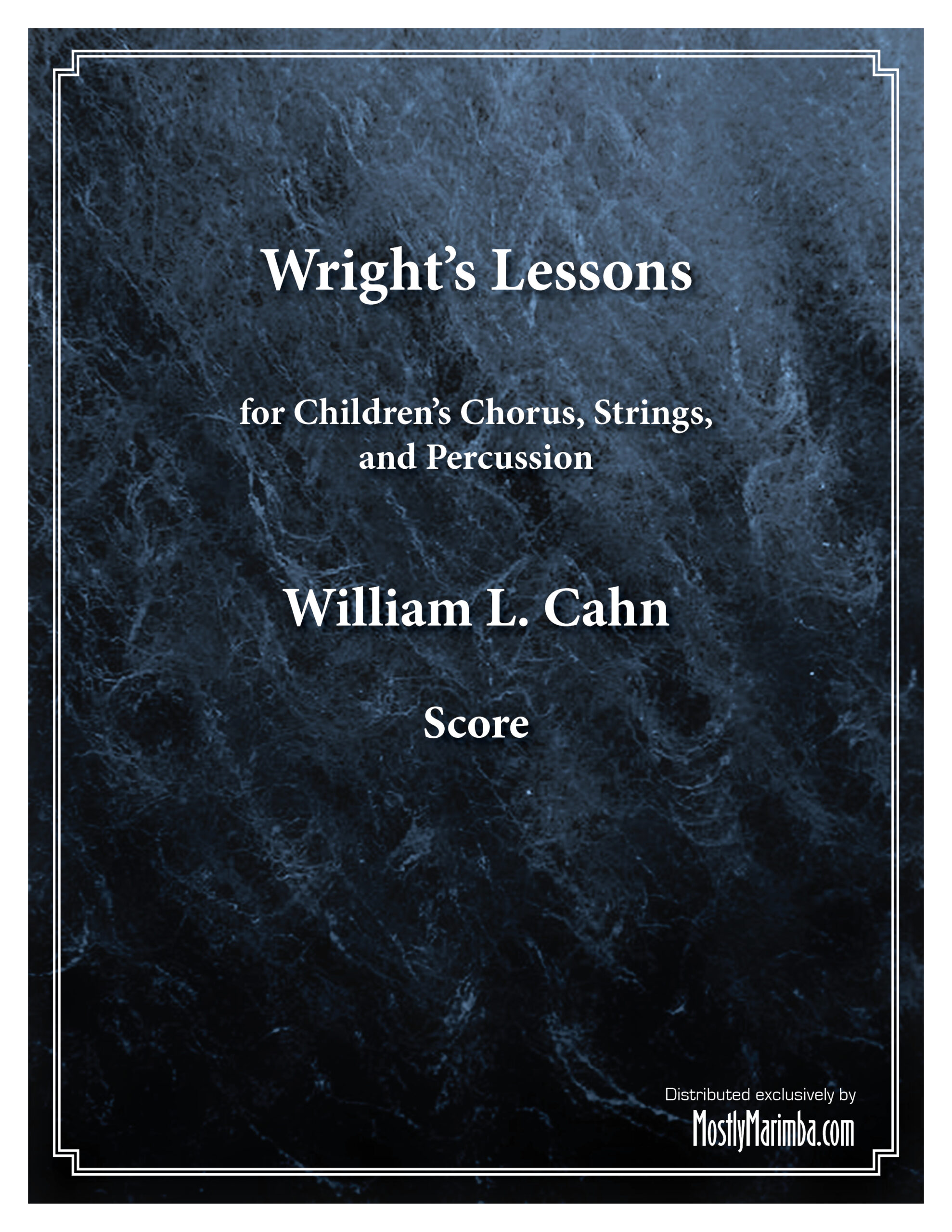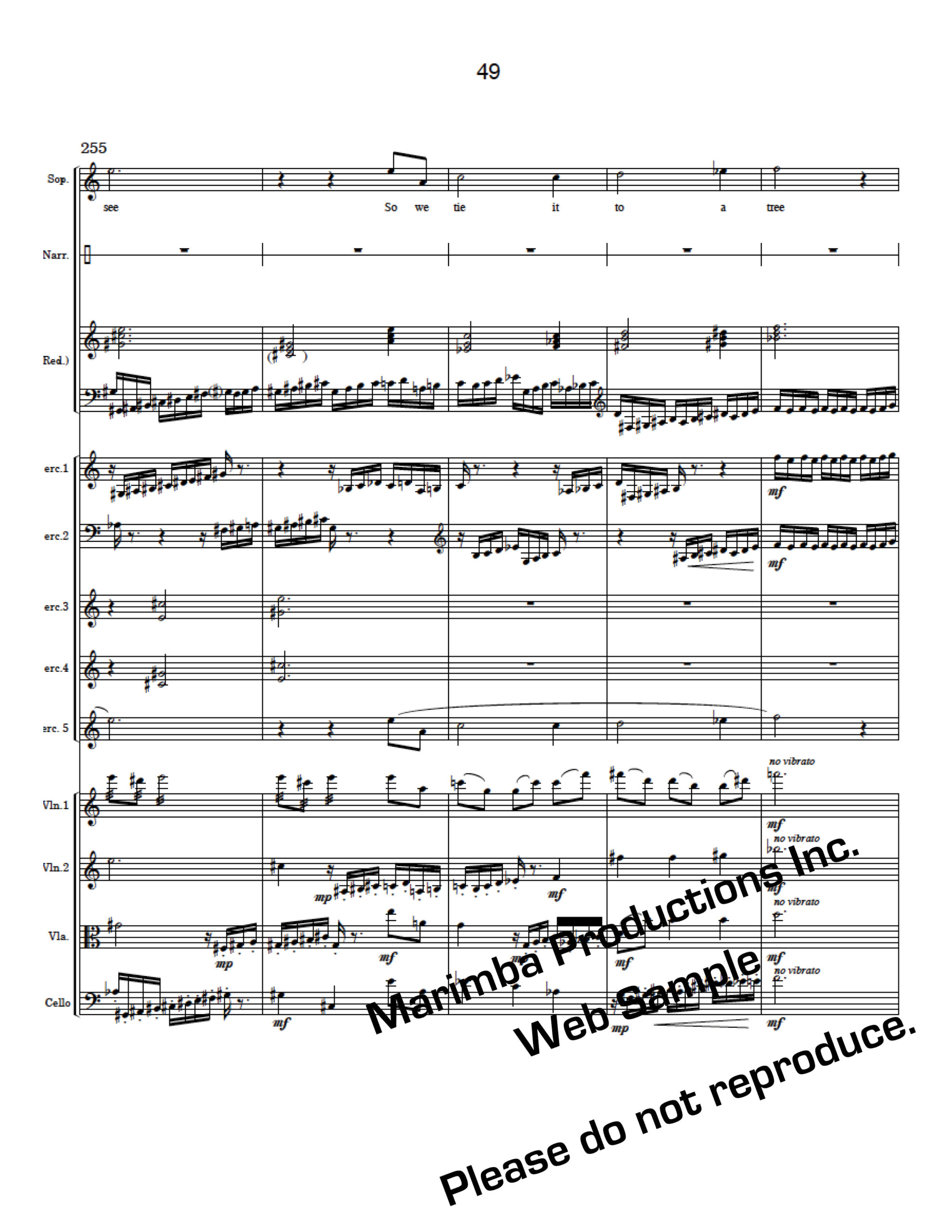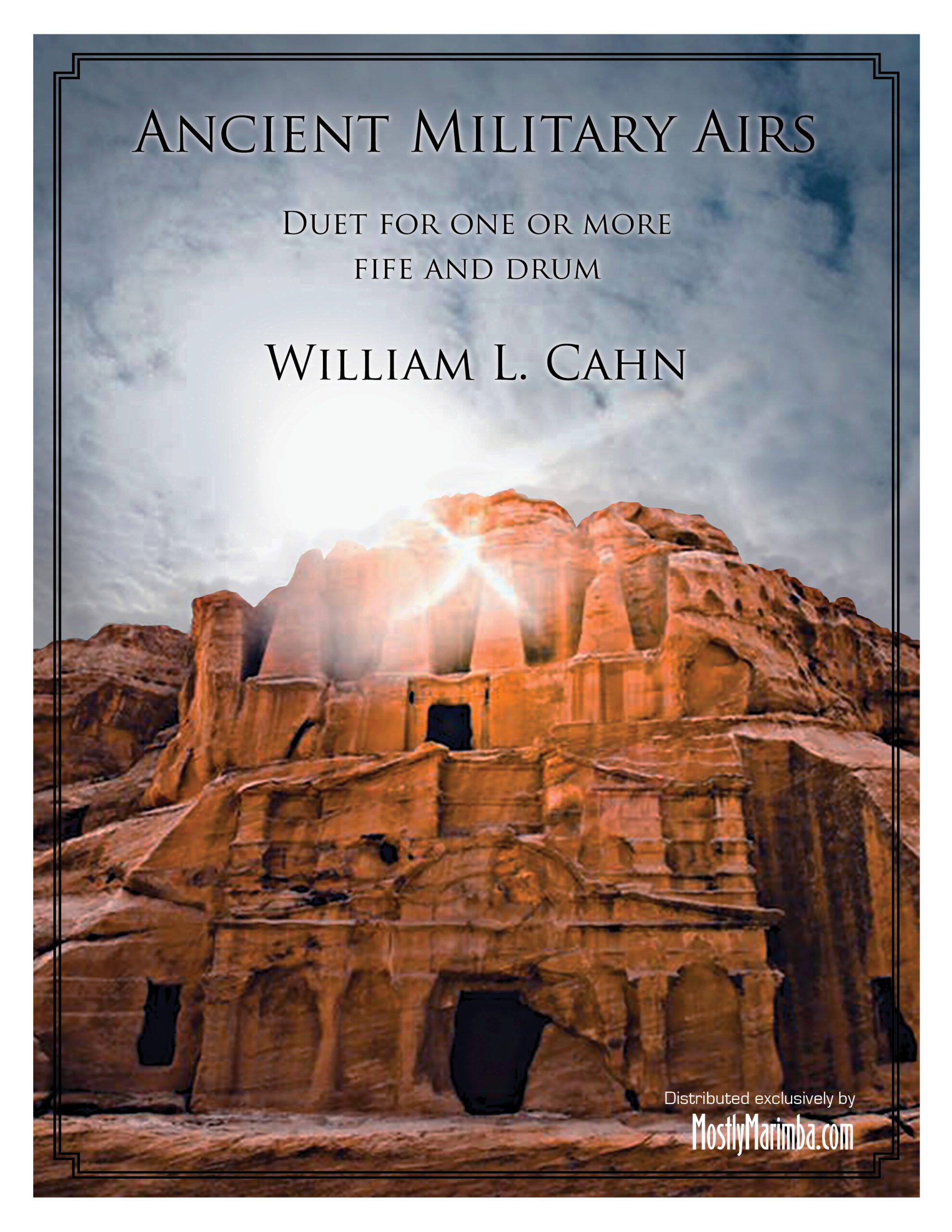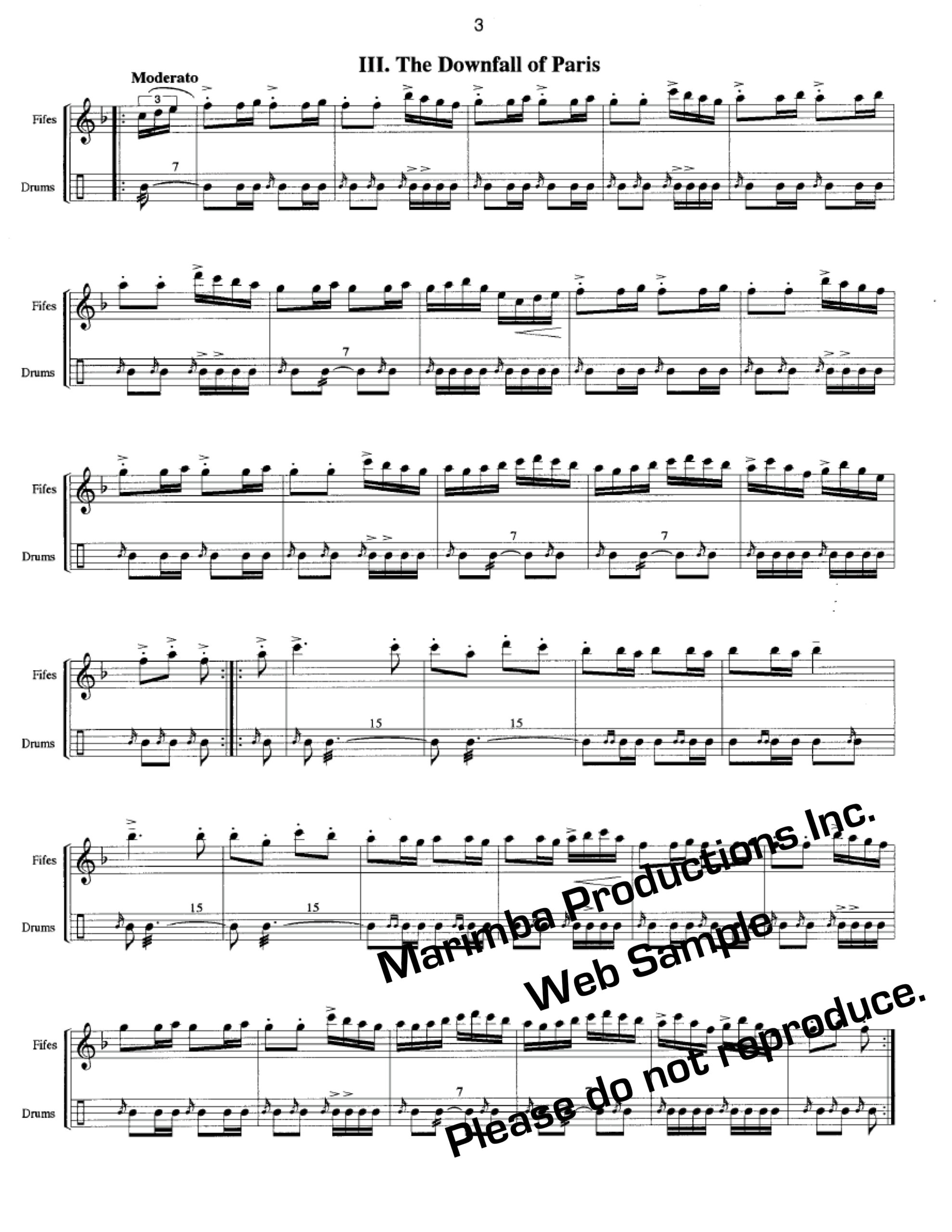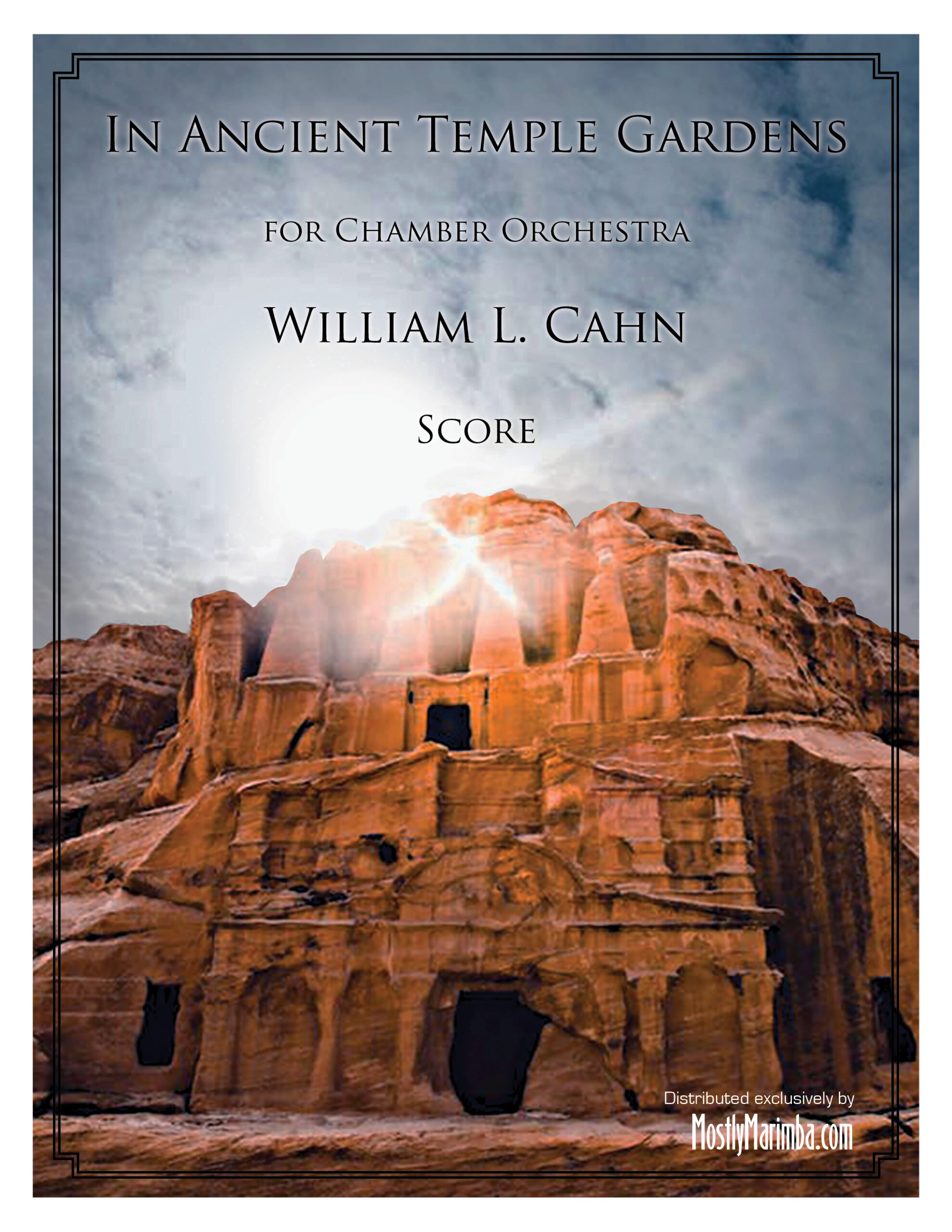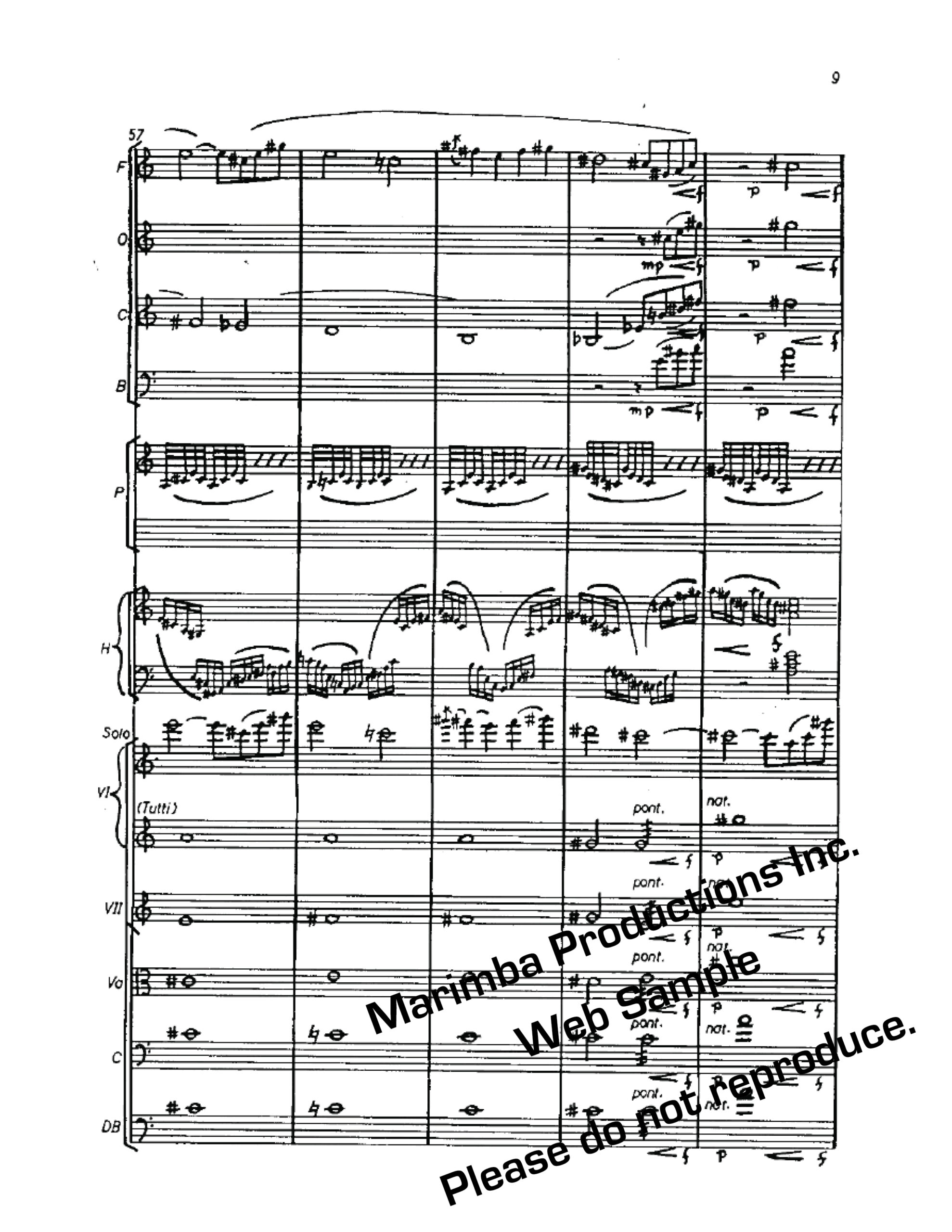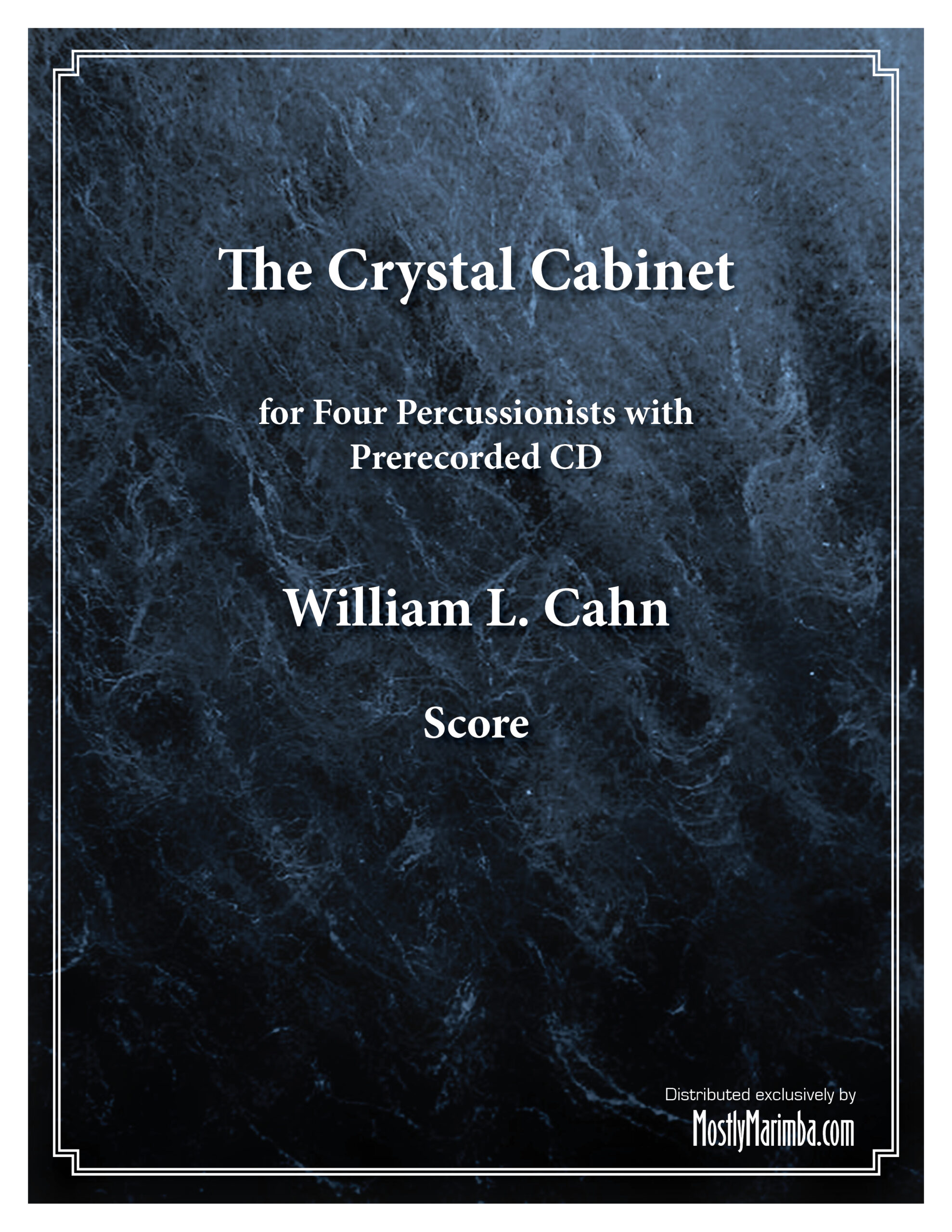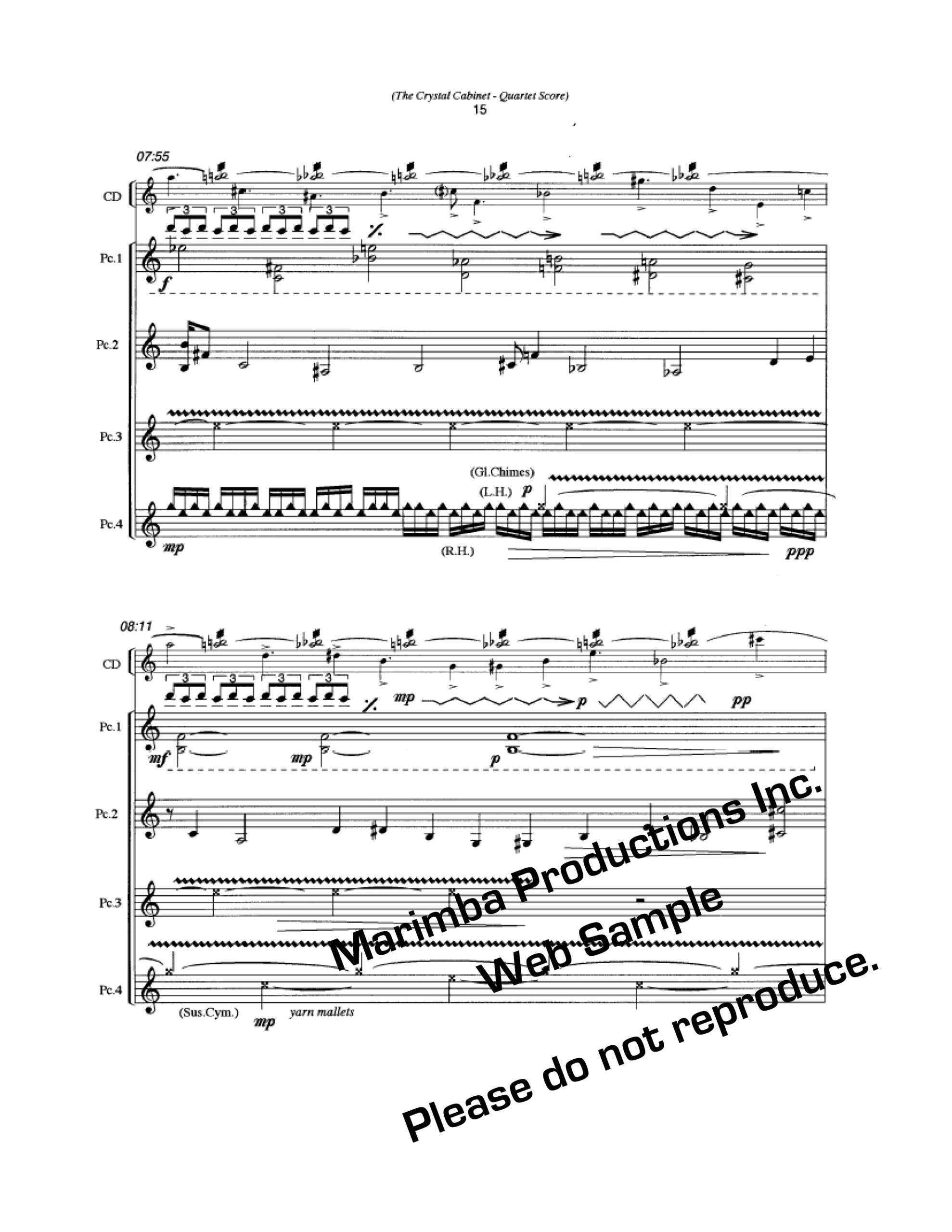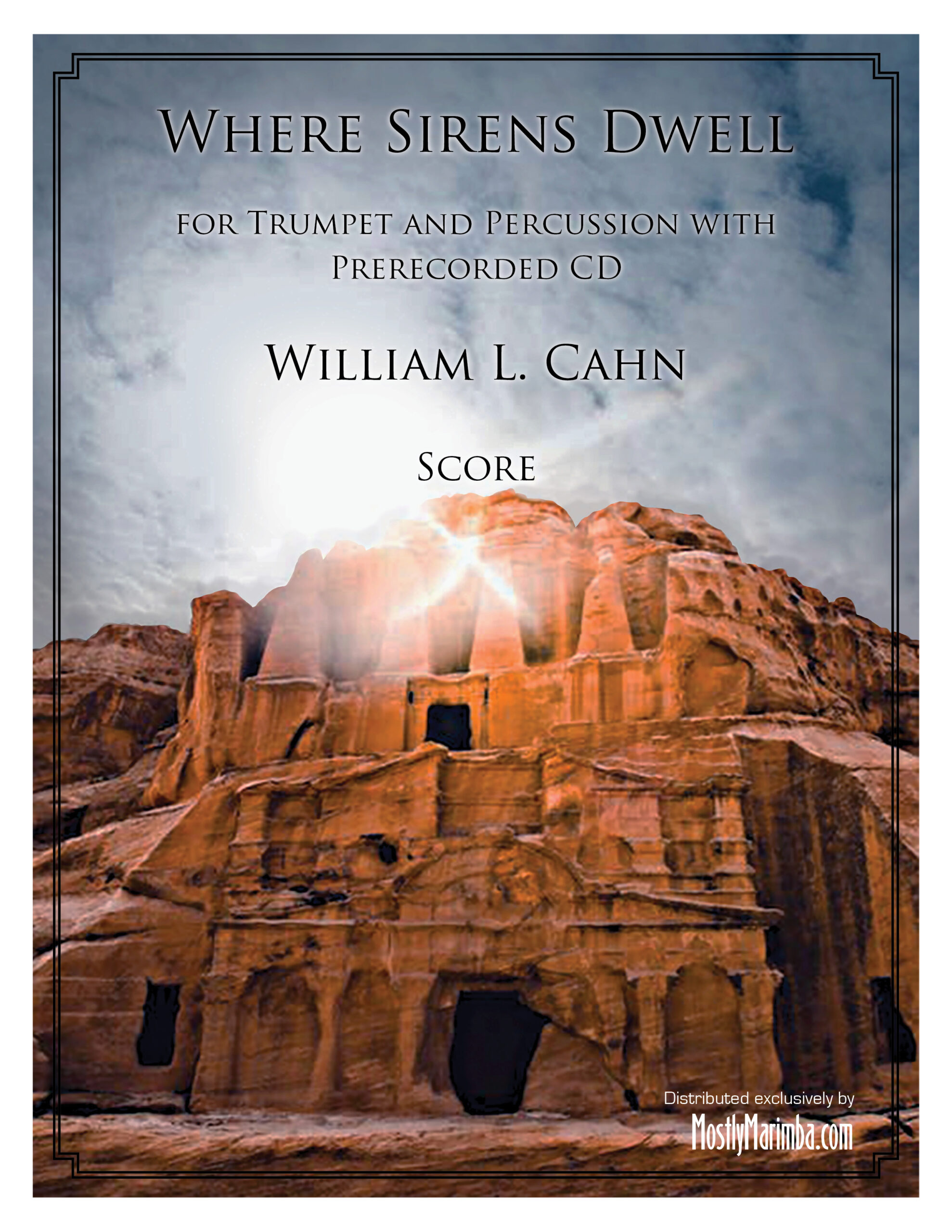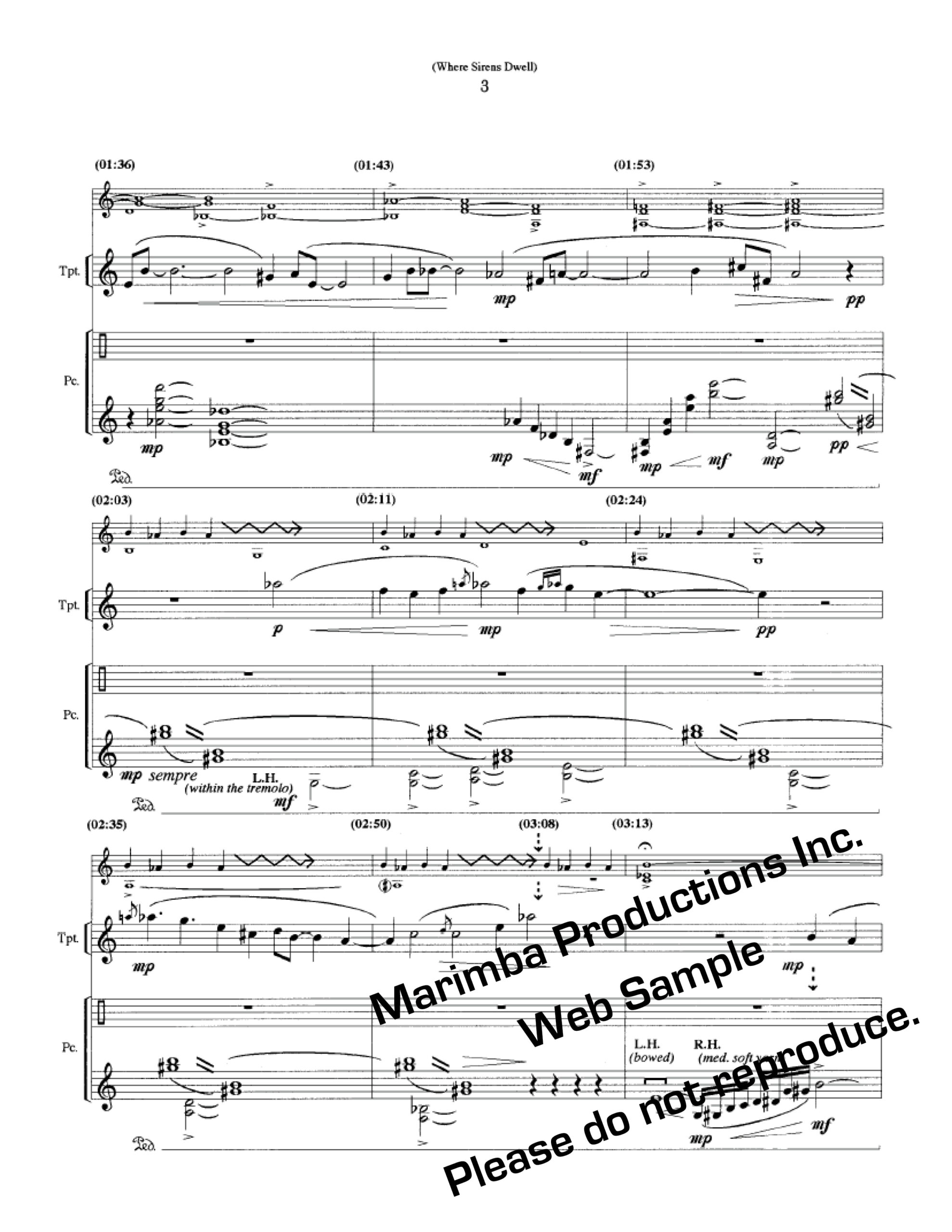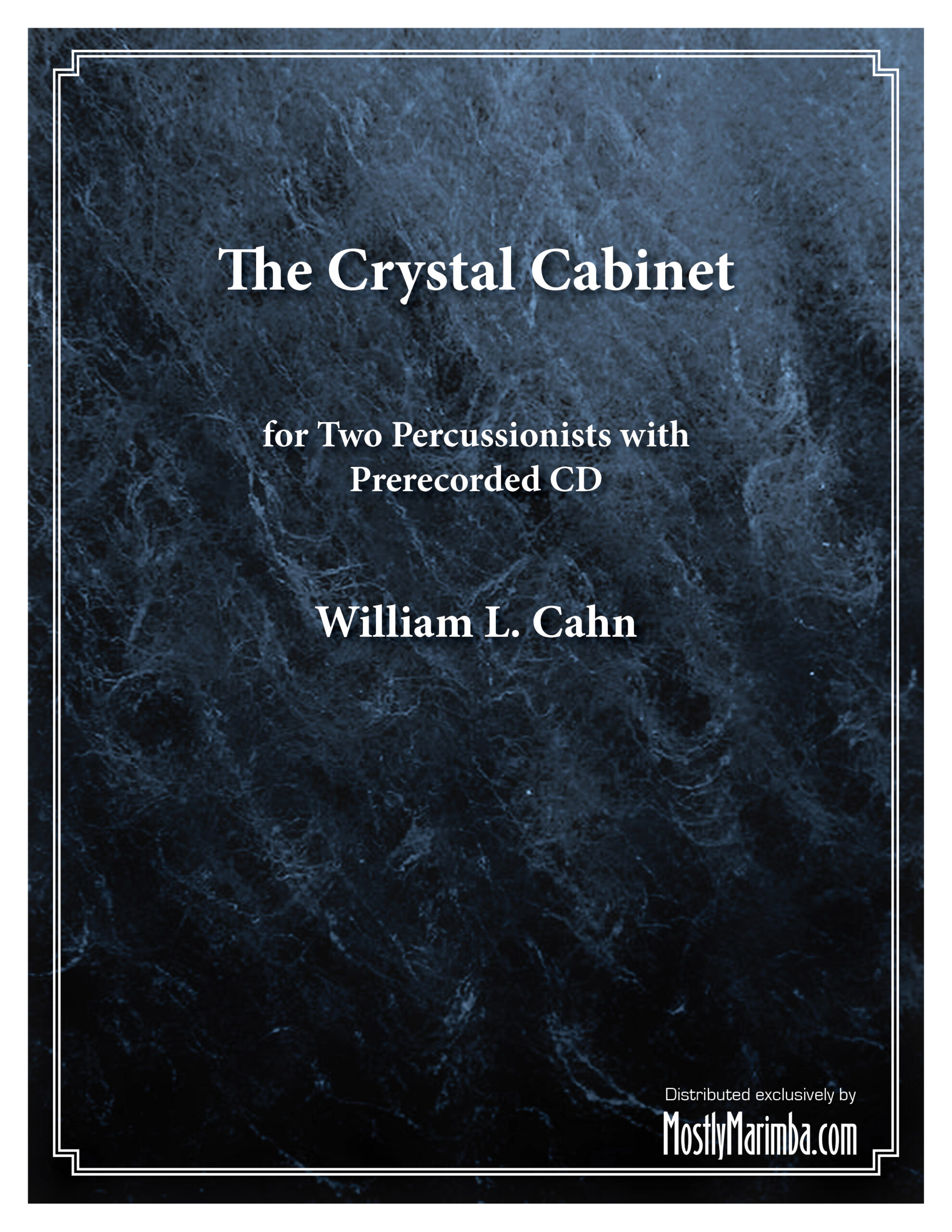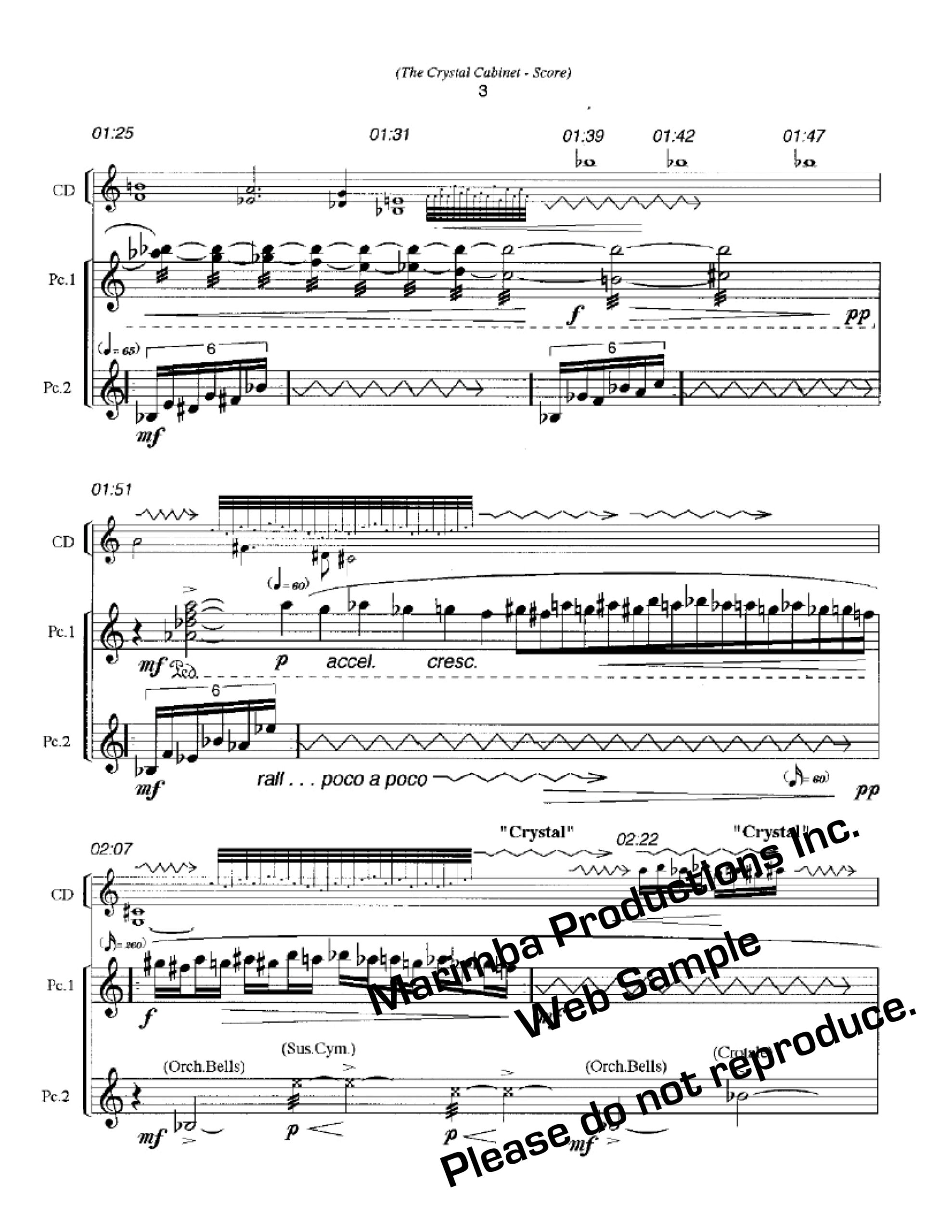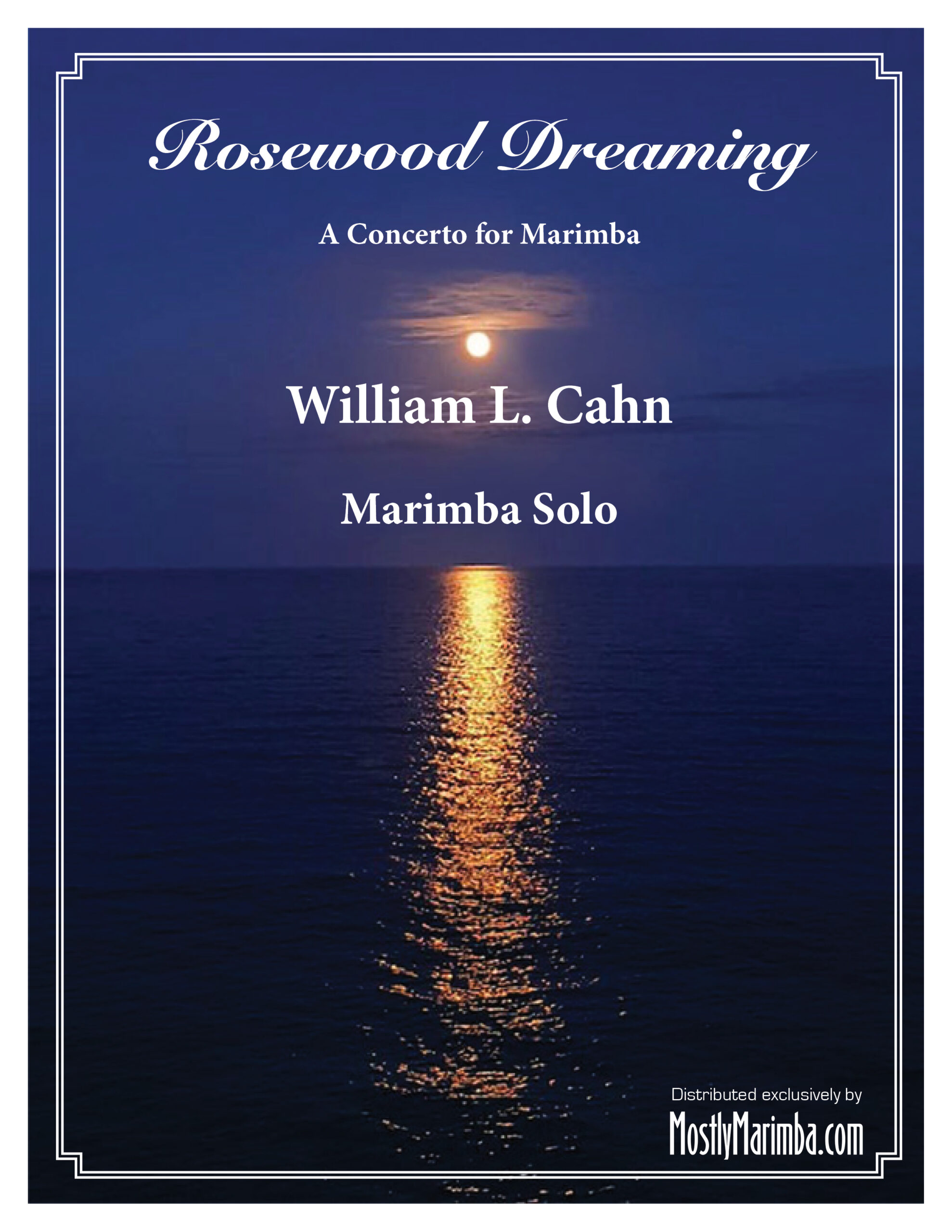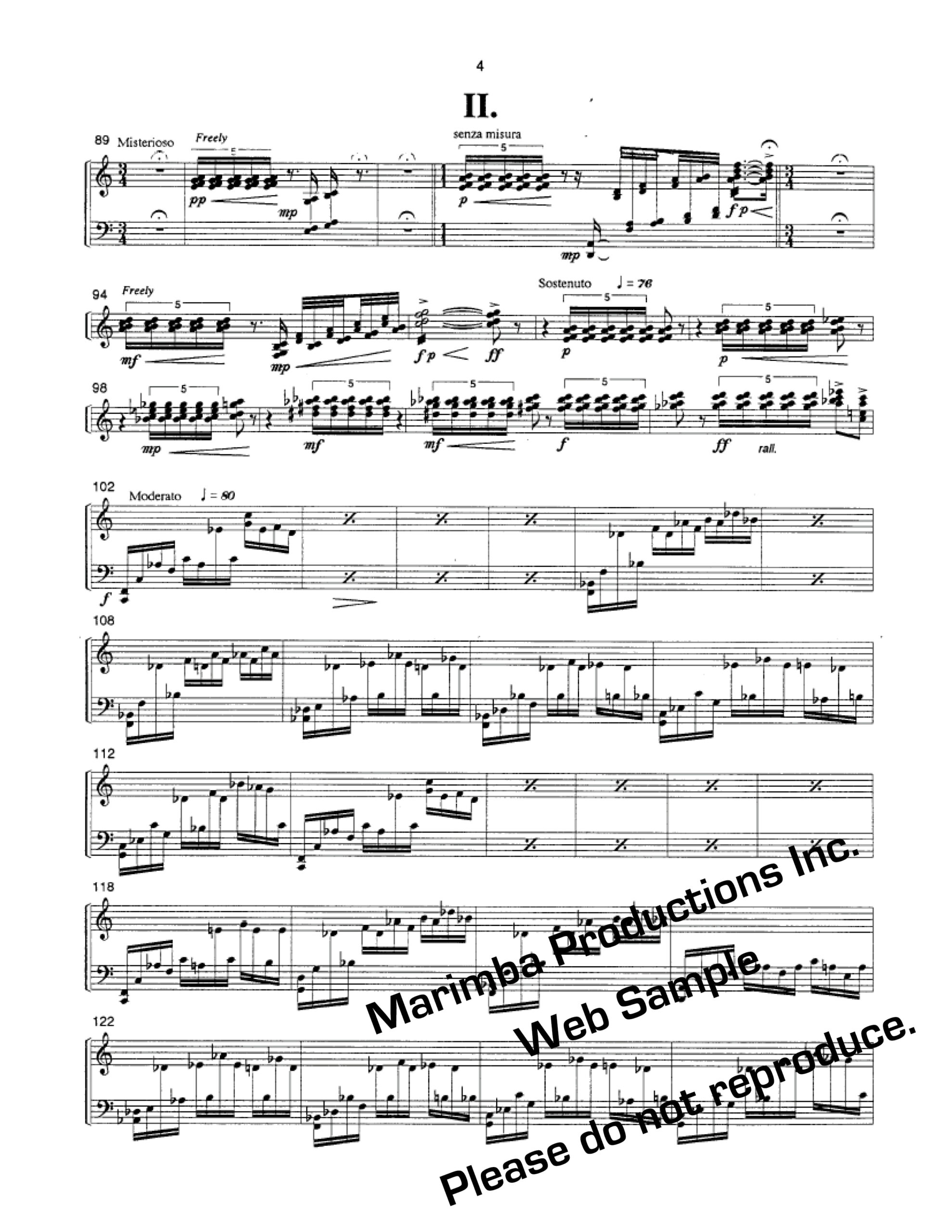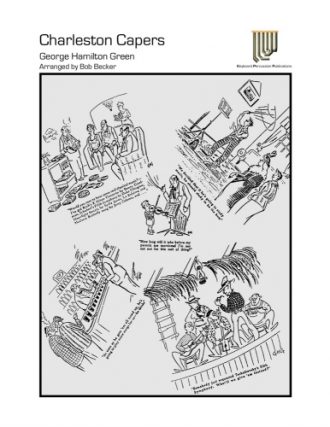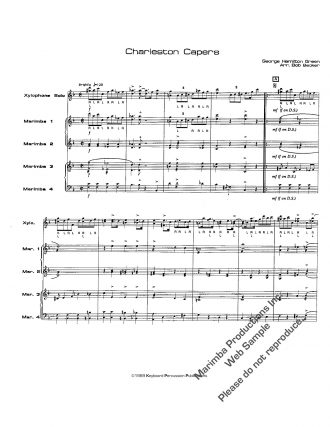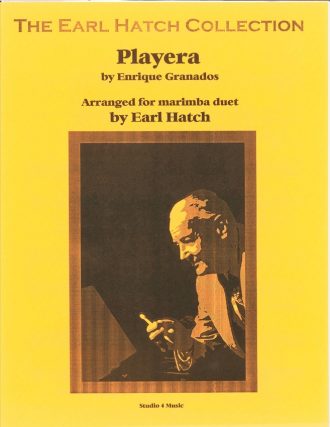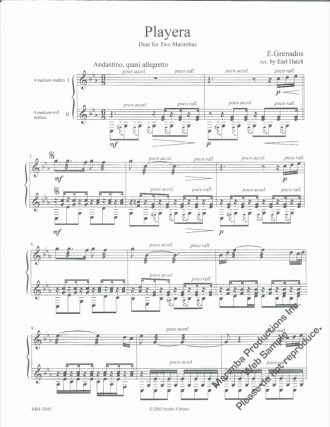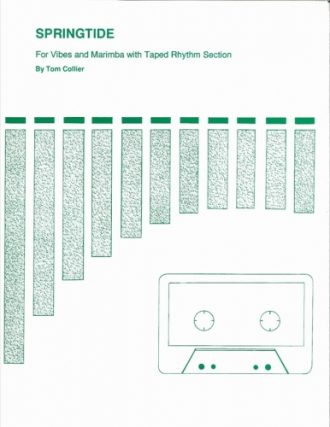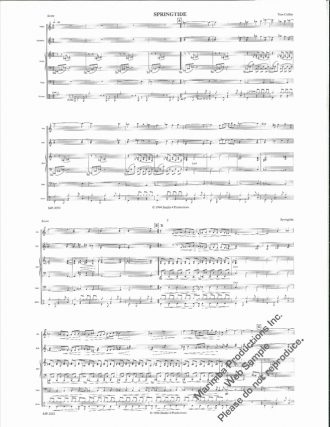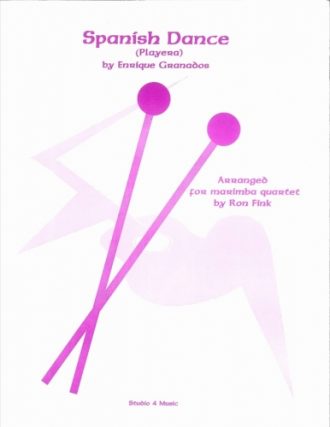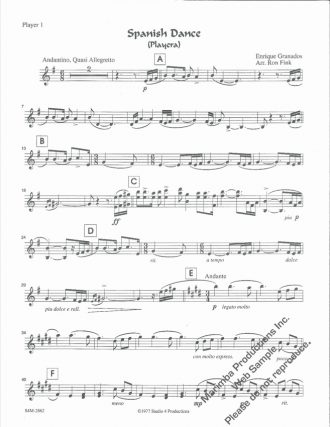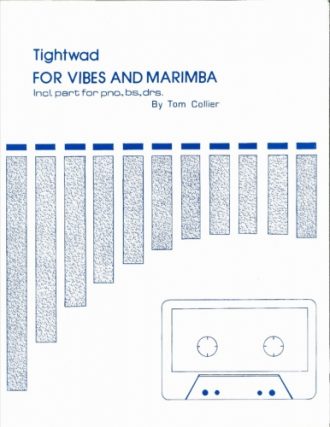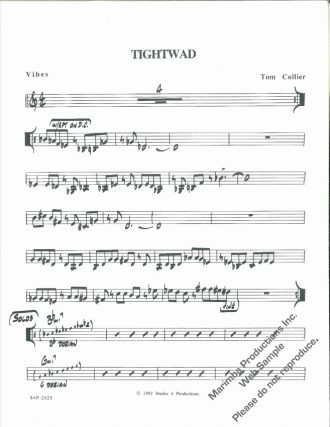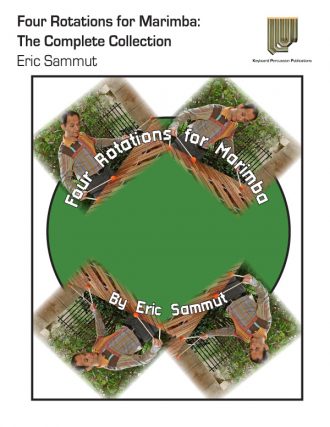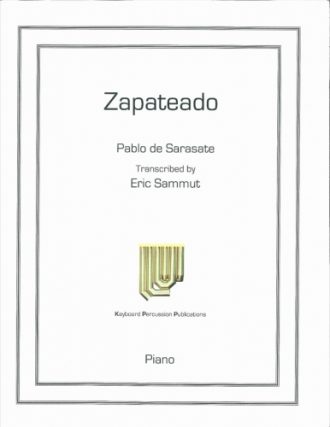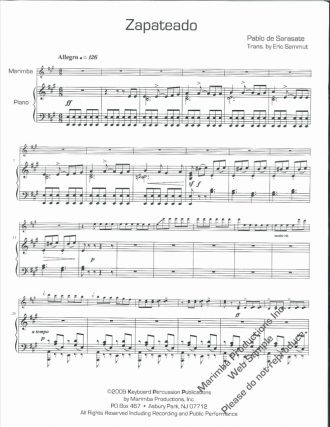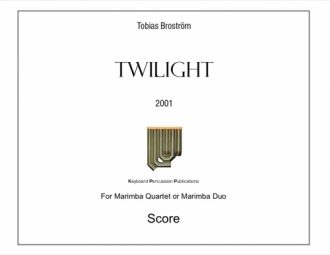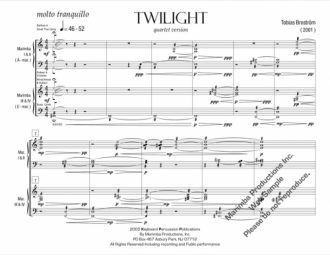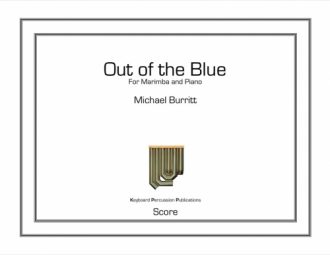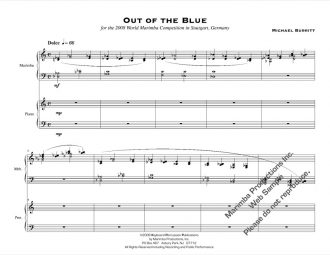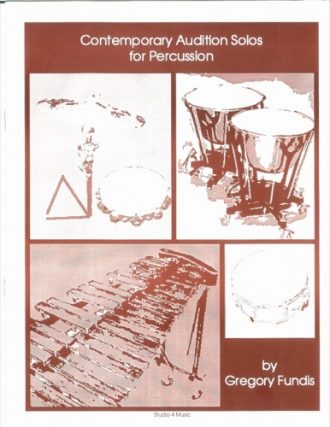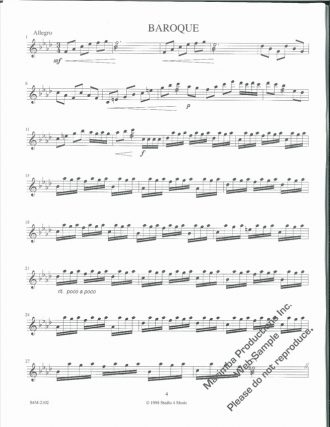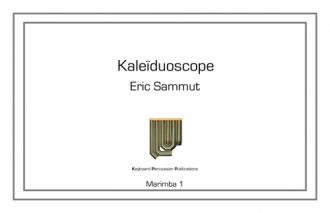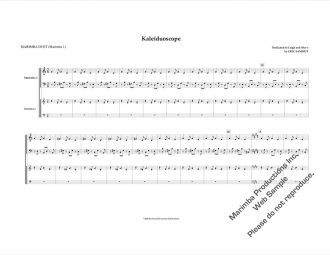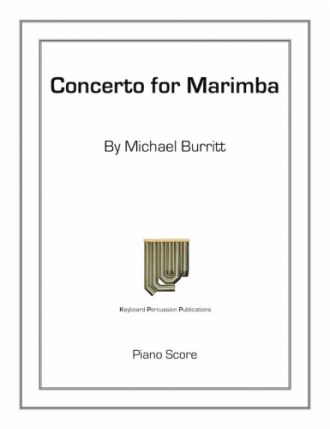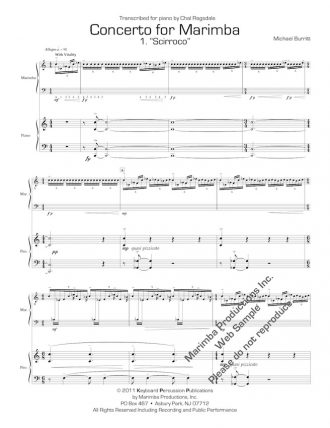Click here to download Wright’s Lessons slides.
Wright’s Lessons was composed between June and December 1995 for the NEXUS percussion group and the Toronto Children’s Chorus under the direction of Jean Ashworth-Bartle. The text is directly taken from a reader for children written by Albert D. Wright and published in 1846 entitled, “Wright’s Primary Lessons“. The purpose of the 144 page, child-size book (3” by 6”) was to introduce children to reading and spelling. It was illustrated with drawings relating to the lessons, and it was intended for both family and school learning environments.
Perhaps the most striking aspects of this little book, especially in comparison with the dry ‘technical’ approaches of the other readers of its day, are its overall visual design and a certain sense of spirituality in even the simplest of its reading lessons. It brings to mind the words of the eminent psychologist, James Hillman, who wrote, “We need to recall the angel aspect of the word, recognizing words as independent carriers of soul between people. Words, like angels, have invisible power over us. They are personal presences. This aspect of the word transcends their nominalistic definitions and contexts and evokes in our souls a universal resonance.”
Essentially, Wright’s idea was to present the alphabet by the sound (or power, as Wright called it) of each letter, rather than by the letter’s name, as is done in the alphabet song, for example. Wright presented one letter at a time in each lesson, and by quickly forming words and constructing sentences, the lessons render a simple and direct kind of poetry, sometimes with a non-linear flow of words. The alphabet lessons eventually led to full reading lessons of original miniature stories and poems.
The music is divided into three sections. The first includes the introduction of vowel sounds and consonant sounds along with simple sentences that immediately follow. The initial focus on the word “me” illustrates the author’s focus on the need for attention that is such an fundamental characteristic of childhood.
The second section deals with completing the process of learning all of the letters of the alphabet by their sounds. The sentences in the reading lessons become more developed and – as can happen when thinking more closely about familiar nursery rhymes – hidden meanings and connections, whether intended or not, can emerge. The section ends with the alphabet finally being recited in full by the names of the letters rather than by their sounds.
In the third section two short stories comprised of one-syllable words are read, followed by an introduction to words having more than one syllable. After the recitation of an untitled poem about springtime (childhood?), the lessons conclude with a moral – the Golden Rule.
It was of additional interest to discover after acquiring the book that Albert Wright may have been a distant relation. It is known that an Albert was born into the Wright branch of the composer’s family in the early 1800s, but whether or not this was the author of “Wright’s Primary Lessons“ is not known.
92 page score, arranged for Children’s Chorus, Strings, and Percussion (11 parts)

